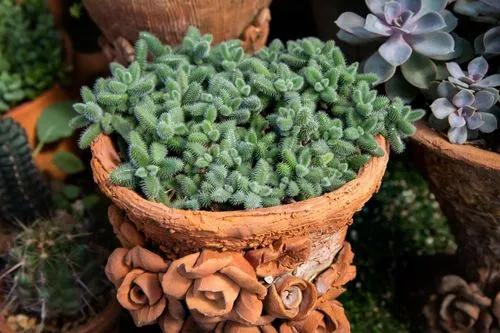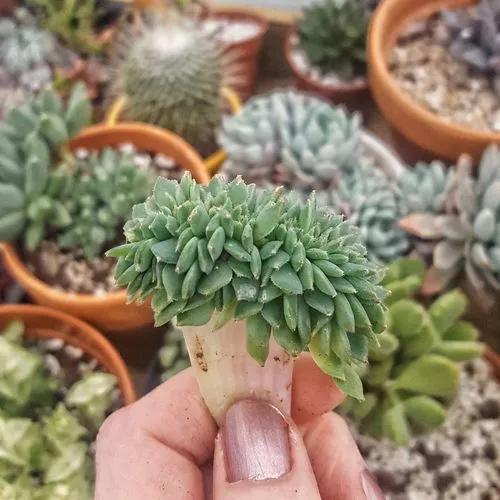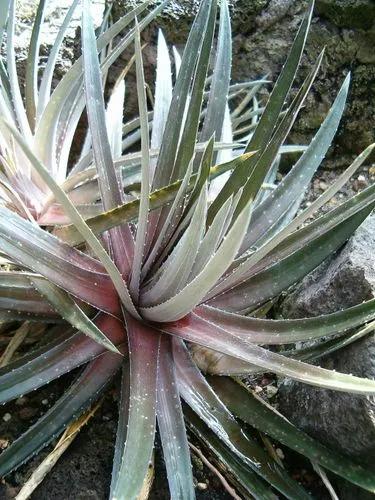Sisal (,An Anglo-Latin pronunciation. OED: "Sisal". ), with the botanical name Agave sisalana, is a species of Agave native to southern Mexico but widely cultivated and naturalized in many other countries. It yields a stiff fibre used in making various products. The term sisal may refer either to the plant's common name or the fibre, depending on the context. It is sometimes referred to as "sisal hemp", because for centuries hemp was a major source for fibre, and other fibre sources were named after it. The sisal fibre is traditionally used for rope and twine, and has many other uses, including paper, cloth, footwear, hats, bags, carpets, geotextiles, and dartboards. It is also used as fibre reinforcements for composite fibre-glass, rubber and cement products.
Sisal Hemp Care
Agave Sisalana Perrine



How to Care for the Plant

Water

Plants are not so drought tolerant and requires more water than most agave species. Plants should be watered and allowed to dry before watering again. During the winter months, only water enough to keep the leaves from shriveling. Ground cultivated plant are more tolerant to drought, and salty seaside conditions. Little if any irrigation is needed to maintain the plant once established.

Pruning

The raw sap of the plant is corrosive and highly irritating to the eyes and skin. Calcium oxalate needles in the sap are thought to be the cause of irritation and swelling of the tissues of the mouth and throat when ingested. Skin contact with the sap from the cut leaves produces immediate burning, redness, itching and swelling, followed in several hours by blistering, which heals within 2 weeks. Irritation and temporary blindness result from sap getting into the eye. Infection and inflammation of puncture wounds caused by the sharp leaf tips near bone have resulted in a granuloma reaction resembling a neoplasm. The sharp spine at the tip of its toothed leaves is sometime removed to protect people and animals.

Fertilizer

Fertilize only once during the growing season with a balanced fertilizer.

Sunlight

Requires a sunny position in a well-drained soil.

Soil

in a well-drained soil. Prefers a pH in the range 6 - 7.5, tolerating 5.5 - 8

Temperature

It grows best in areas where annual daytime temperatures are within the range 15 - 27c, but can tolerate 10 - 45c. It can be killed by temperatures of -5c or lower

Popularity

457 people already have this plant 44 people have added this plant to their wishlists
Discover more plants with the list below
Popular articles






